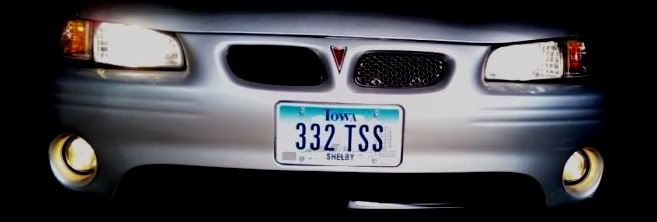The act of removing a catalytic converter without replacing it with an approved replacement (known as "tampering") is illegal under federal law and is of great concern to EPA because of the high pollution levels that are emitted by vehicles without properly functioning emission controls. The original antitampering law was part of the Clean Air Act of 1970; it applied only to manufacturers and car dealers. The antitampering law was expanded by the 1977 Clean Air Act Amendments to apply to all automobile repair facilities, commercial mechanics, and fleet operators. And the 1990 Clean Air Act Amendments (CAAA) broadened the tampering provision even further; it now applies to everyone, including car owners. Here is the text from the 1990 CAAA:
"Section 288 – Enforcement: (b) TAMPERING WITH VEHICLE EMISSION CONTROLS –
(1) Section 203(a)(3) (42 U.S.C. 7522(a)(3)) is amended to read as follows:
'(3)(A) for any person to remove or render inoperative any device or element of design installed on or in a motor vehicle or motor vehicle engine in compliance with regulations under this title prior to its sale and delivery to the ultimate purchaser, or for any person knowingly to remove or render inoperative any such device or element of design after such sale and delivery to the ultimate purchaser; or
'(B) for any person to manufacture or sell, or offer to sell, or install, any part or component intended for use with, or as part of, any motor vehicle or motor vehicle engine, where a principal effect of the part or component is to bypass, defeat, or render inoperative any device or element of design installed on or in a motor vehicle or motor vehicle engine in compliance with regulations under this title, and where the person knows or should know that such part or component is being offered for sale or installed for such use or put to such use; or '
(2) At the end of section 203(a) (42 U.S.C. 7522(a)) insert the following:
'No action with respect to any device or element of design referred to in paragraph (3) shall be treated as a prohibited act under that paragraph if (i) the action is for the purpose of repair or replacement of the device or element, or is a necessary and temporary procedure to repair or replace any other item and the device or element is replaced upon completion of the procedure, and (ii) such action thereafter results in the proper functioning of the device or element referred to in paragraph (3). No action with respect to any device or element of design referred to in paragraph (3) shall be treated as a prohibited act under that paragraph if the action is for the purpose of a conversion of a motor vehicle for use of a clean alternative fuel (as defined in this title) and if such vehicle complies with the applicable standard under section 202 when operating on such fuel, and if in the case of a clean alternative fuel vehicle (as defined by rule by the Administrator), the device or element is replaced upon completion of the conversion procedure and such action results in proper functioning of the device or element when the motor vehicle operates on conventional fuel.'."
The resale of a vehicle which has already had the catalytic converter removed is not specifically addressed by federal law. Therefore, the person who removed the converter violated federal law, but not necessarily the person who sold the vehicle. However, the sale of vehicles that have had the emission control system removed, disabled, or tampered with may be further governed by state or local laws.
http://www.epa.gov/






 . No shop in the 50 states can legally REMOVE a catalytic converter WITHOUT installing a working one. Does not matter if you have emissions testing or not.
. No shop in the 50 states can legally REMOVE a catalytic converter WITHOUT installing a working one. Does not matter if you have emissions testing or not.




